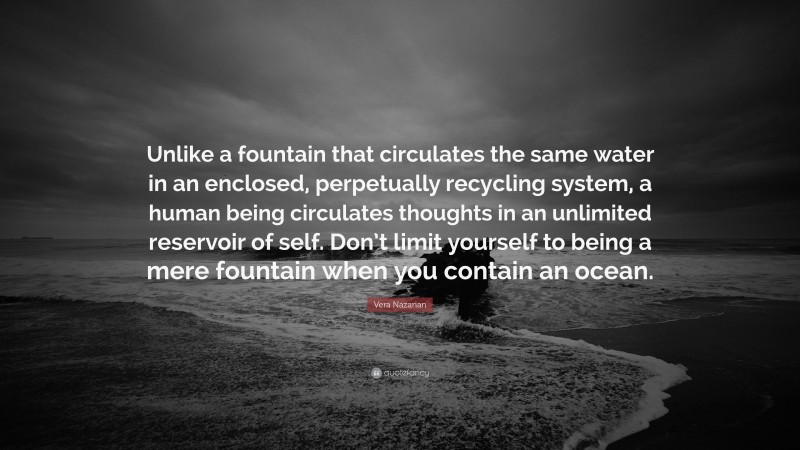Since the amount of water on earth remains the same and merely circulates around the planet you could be drinking the same water that dinosaurs drank

Is the Water You’re Drinking the Same Water Dinosaurs Drank?

Water is one of the Earth’s most precious resources. It covers approximately 71% of the planet’s surface and is essential for the survival of all living organisms, including humans. Interestingly, the water we drink today has been on Earth for millions of years and has gone through a process known as the hydrologic cycle.
The hydrologic cycle, also referred to as the water cycle, is the continuous movement of water on, above, and below the Earth’s surface. It involves several processes such as evaporation, condensation, precipitation, and runoff. Through this cycle, water circulates in various forms, including rivers, lakes, oceans, glaciers, and even as vapor in the atmosphere.
You might be amazed to know that the amount of water on Earth remains relatively constant over time. This means that the very water you are drinking right now could be the same water that ancient dinosaurs once consumed.

So how does this happen? Let’s delve deeper into the hydrologic cycle and trace the journey of water throughout history.
Evaporation: The cycle begins when the sun’s heat causes water to evaporate from various sources such as oceans, rivers, and lakes. During this process, water vapor rises into the atmosphere.
Condensation: As the warm water vapor rises, it encounters cooler temperatures in the upper atmosphere, causing it to condense into tiny water droplets or ice crystals. These droplets or crystals combine to form clouds.
Precipitation: When the water droplets or ice crystals in the clouds become too heavy, they fall back to the Earth’s surface as precipitation. Precipitation can take various forms, including rain, snow, sleet, or hail.
Runoff: Once the precipitation reaches the Earth’s surface, it flows into rivers, streams, or underground aquifers. This runoff eventually finds its way back to the oceans and other bodies of water.
Infiltration: Some of the precipitation seeps into the ground and becomes groundwater. This water can remain underground for an extended period, slowly moving back toward the surface through springs or human-drilled wells.
Transpiration: Plants and trees absorb water through their roots and release it into the atmosphere through a process called transpiration. This water then becomes part of the atmospheric water vapor.
As you can see, through the hydrologic cycle, water continuously circulates around the Earth. This means that the water molecules you are drinking today have potentially traveled through various stages of the cycle, including being evaporated by the sun, forming clouds, falling as rain, flowing in rivers, and being absorbed by plants, just like the dinosaurs experienced millions of years ago.
The exciting part is that even though the water molecules themselves may not be the exact same ones dinosaurs consumed, they are part of the same continuous cycle that has been ongoing for millions of years. It’s an incredible connection that reminds us of the interconnectedness and longevity of life on Earth.
So the next time you take a refreshing sip of water, you can ponder the fact that you might be drinking the same water that once quenched the thirst of ancient dinosaurs.
Related Posts
Quick Links
Legal Stuff

